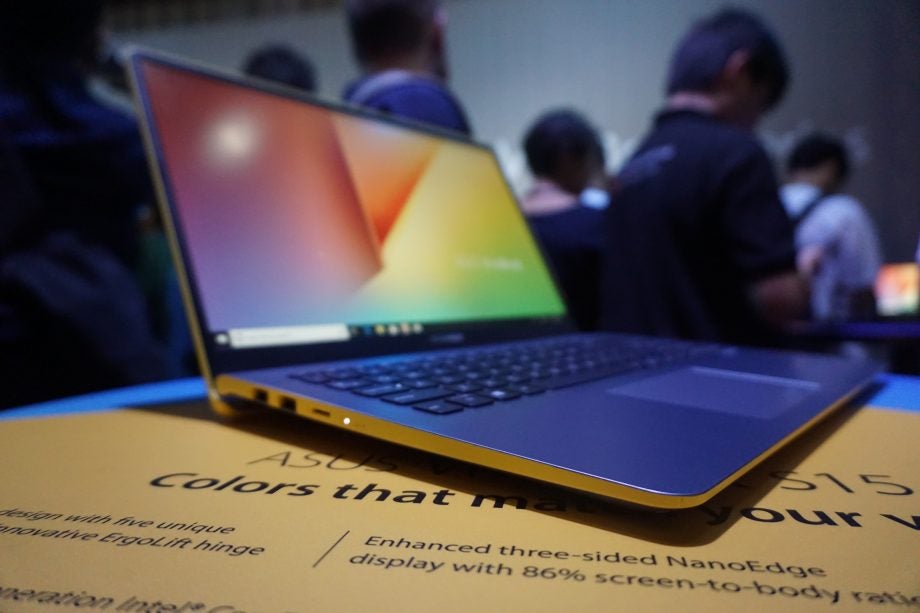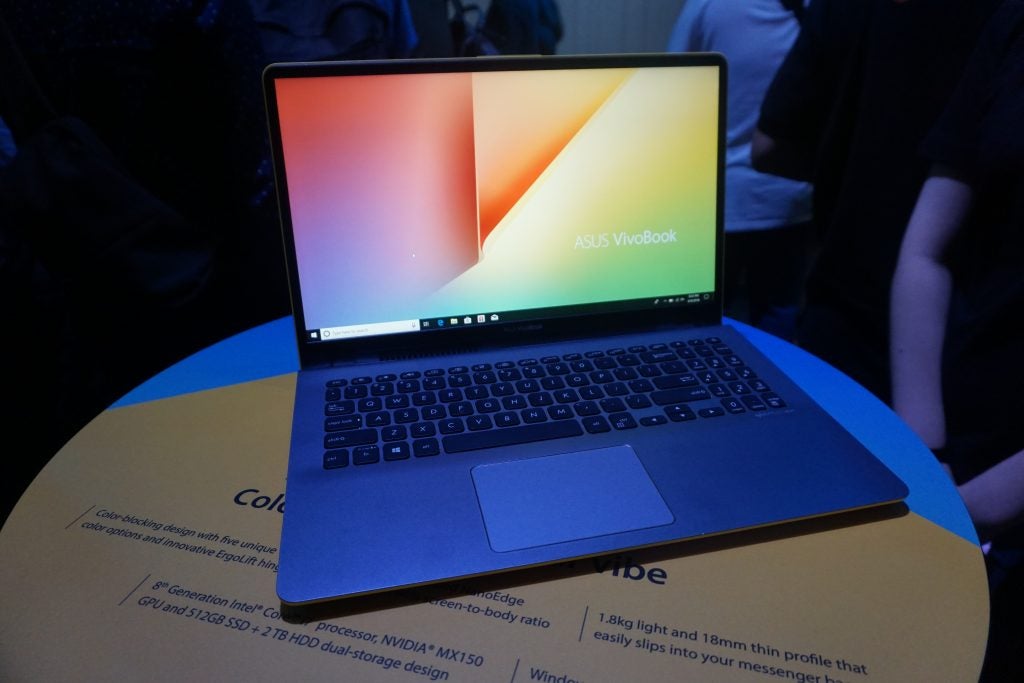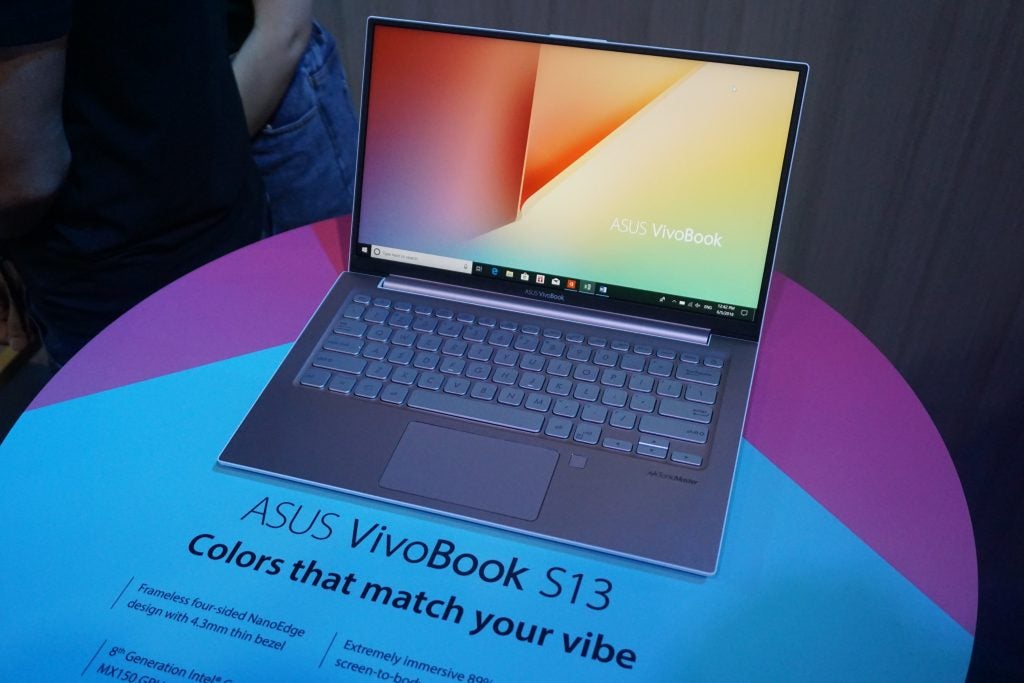Asus Vivobook 2018: Back-to-school just got a lot more interesting

Asus has unveiled a wealth of new affordable Vivobook laptops, just in time for the back-to-school rush.
The Vivobooks were unveiled alongside the Zenbook Pro and Zenbook S at Computex in Taipei. Unlike their more expensive Zenbook siblings, which focus on the premium end of the market, these laptops are unashamedly aimed at mid-range buyers and students on a budget.
Check out our in-depth range guide below to find which is best for you.
Related: Best laptops

Vivobook S15 (S530) and Vivobook S14 (S430)
Specs:
- U-series 8th Generation Intel Core i7 CPU
- NVIDIA GeForce MX150 discrete graphics
- Up to 16GB RAM
- Up to 512GB SSD + 2TB HDD storage
The Vivobook S15 and Vivobook S14 focus on portability and have been designed to be as lightweight as possible. They weigh 1.8kg and 1.4kg respectively. Both also measure in at just 18mm thick.
The two laptops borrow design elements from Asus’s latest Zenbooks. They have the same ‘Ergolift’ keyboard hinge as the more expensive Zenbook S. The hinge raises the laptops’ chiclet keyboards to sit at a five-degree angle, in theory making them more comfortable to type on. The system worked fairly well on the Zenbook S during my hands-on session.
They are also the first Vivobooks to feature Asus’s ‘three edge NanoEdge’ screen design. The design means the 15 has an 86% screen-to-body ratio and the 14 an 84% ratio. Both laptops’ screen bezels are noticeably smaller than most affordable laptops as a result.
There’s currently no word on either laptop’s price or UK release date. We’ll update this guide when we get the information from Asus.
Related: Best student laptops

VivoBook S13 (S330)
Specs:
- U-series 8th Generation Intel Core i7 CPU
- NVIDIA GeForce MX150 discrete graphics
- Up to 16GB RAM
The Zenbook S13 is pretty similar to the S14 and S15 but features a ‘four-sided’ NanoEdge display. This allows for an even smaller 4.3mm bezel than its larger siblings. Asus claims that the impressive 89% screen-to-body ratio let them load a 13-inch screen into a chassis the size of a traditional 11-inch notebook.
Outside of this it’ll have the same choice of 8th Generation Intel Core i7 processors and Nvidia GeForce MX150 discrete graphics as the 14 and 15.
There’s currently no word on its price or UK release date. We’ll update this guide when we get the information from Asus.
VivoBook Flip 14 (TP412)
Specs:
- U-series 8th Generation Intel Core i7 CPU
- Up to 16GB RAM
- Up to 1TB SSD storage
- Asus Pen stylus support
The Vivobook 14 is Asus’s latest affordable convertible. It lets you turn the laptop into a tablet by folding the screen onto the keyboard’s back using a custom 360 hinge.
The 14-inch laptop is slightly thicker and heavier than its non-convertible sibling, the Vivobook S14, measuring in at 17.6mm thick and weighing 1.5kg.
Its Nanoedge display also has a slightly larger 6.15mm-thin bezel, which equates to an 82% screen-to-body ratio.
Outside of this you’ll get a choice of i5 and i7 U-series CPUs and up to 16GB RAM. The only big difference is that it has Asus Pen stylus support and a heftier 1TB SSD storage option.
Like the other Vivobooks there’s currently no word on its price or UK release date. We’ll update this guide when we get the information from Asus.
Excited about the new Asus Vivobooks? Let us know on Twitter @TrustedReviews



